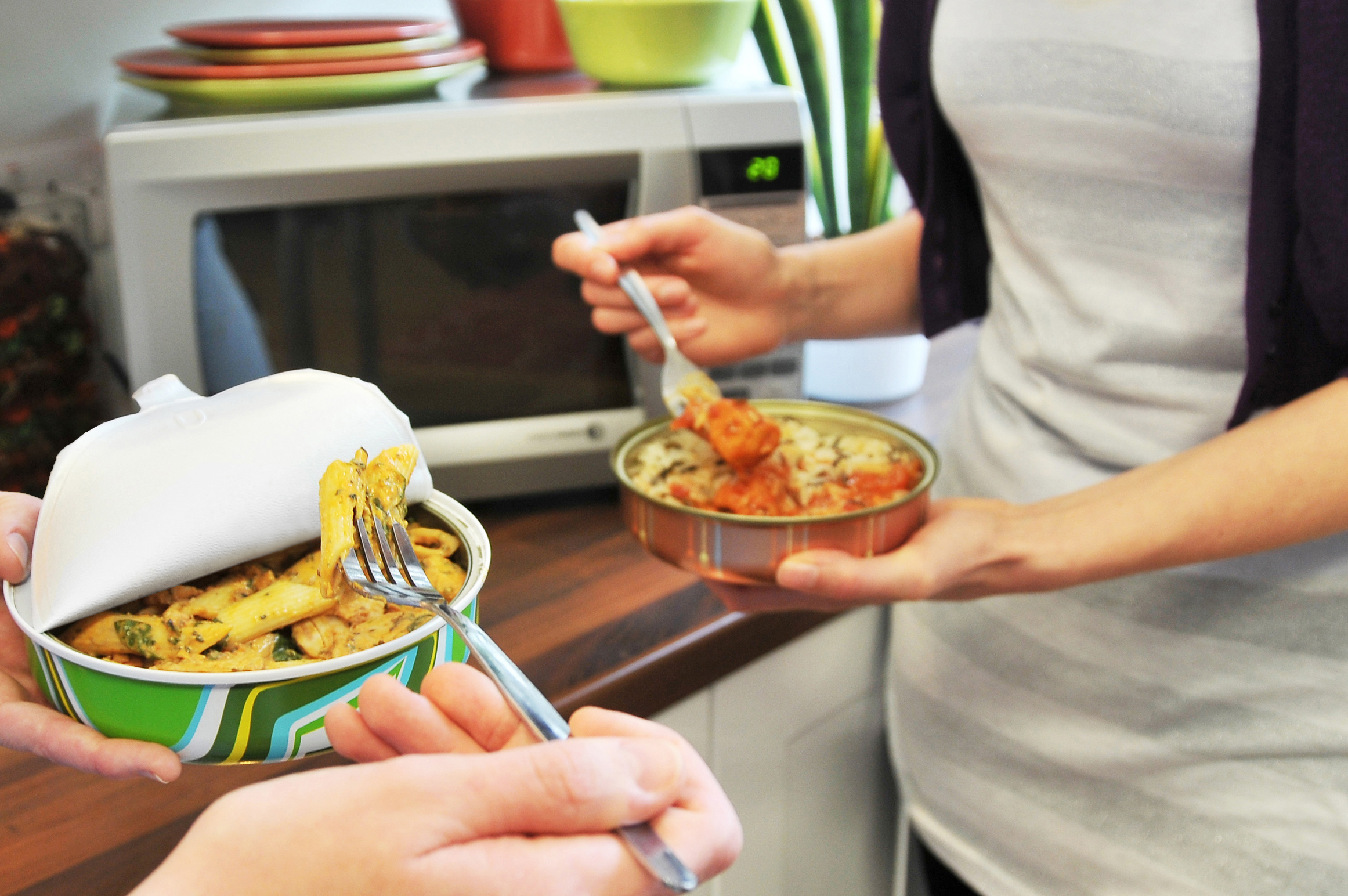The Nutritional Value of Canned Food (Part 1)

March is National Nutrition Month in the United States and the rising rate of obesity in this country has created an important dialogue on the importance of a nutritional diet. Maintaining a healthy diet is a basic human need: a balance of the right proteins, vitamins and minerals is important to repair and sustain our bodies – everything from our muscles to our nervous system. But many Americans do not consume the recommended servings of nutritional foods like fruit and vegetables – a problem that the USDA is actively encouraging the nation to address.
In this two-part series, we will take a look at the role that food cans, and the canning process itself, play in helping consumers maintain a healthy lifestyle with nutritional, balanced meals.
Product Protection
For more than 200 years, the food can has enabled brands to provide high-quality, nutritious food to consumers around the world. Like many other inventions, the can was created in the early 19th century to solve a critical need, in this case to help feed European armies who needed to carry their own food supplies for long distances in harsh conditions without opportunities for re-supply. Metal packaging also lifted restrictions for civilians, who had little access to different foods due to seasonal factors and the limited geographic reach of any given product.
Locking-In Nutrition
Metal is inherently sturdy and offers a superior oxygen barrier to many other packaging formats. Additionally, cans feature a tight seal that protects packaged contents more effectively than alternative formats, from exposure to light, air and humidity. These attributes contribute to the can’s ability to lock in nutrition and offer a strong product shelf life without refrigeration, both of which strengthen consumer brand loyalty.
The Retort Process
The food canning process, as well as the can itself, locks in fruit and vegetable nutrients at their peak ripeness and keeps all foods fresh for a prolonged period until consumption. The majority of canned foods do not require any preservatives – because the products are cooked during the retort process this destroys any bacteria as well as enzymes that can impact food quality and nutrition. The metal can then keeps the product safe without the need for additives to prevent spoilage. In fact, most canned foods are preservative-free. The product’s flavor is protected and spoilage is prevented, minimizing food waste. Thus, whether it is meat, vegetables, pet food, ready meals, or any variety of canned goods, consumers can eat with the satisfaction that the food is not spoiled and that it upholds the quality they associate with their favorite brands.
Promoting Food Safety
The can’s airtight seal eliminates the need for the refrigeration required for fresh and frozen produce. The seal is also tamper resistant, reassuring consumers that the food is safe and of good quality. In fact, the food can has an unprecedented safety record. According to the FDA, there has not been a single occurrence of a food-borne illness resulting from a failure of metal packaging in more than 35 years.
It's not surprising, therefore, that - thanks to this strong record for safety, durability and package integrity - metal food cans today continue to earn the loyalty of brands and consumers alike.



